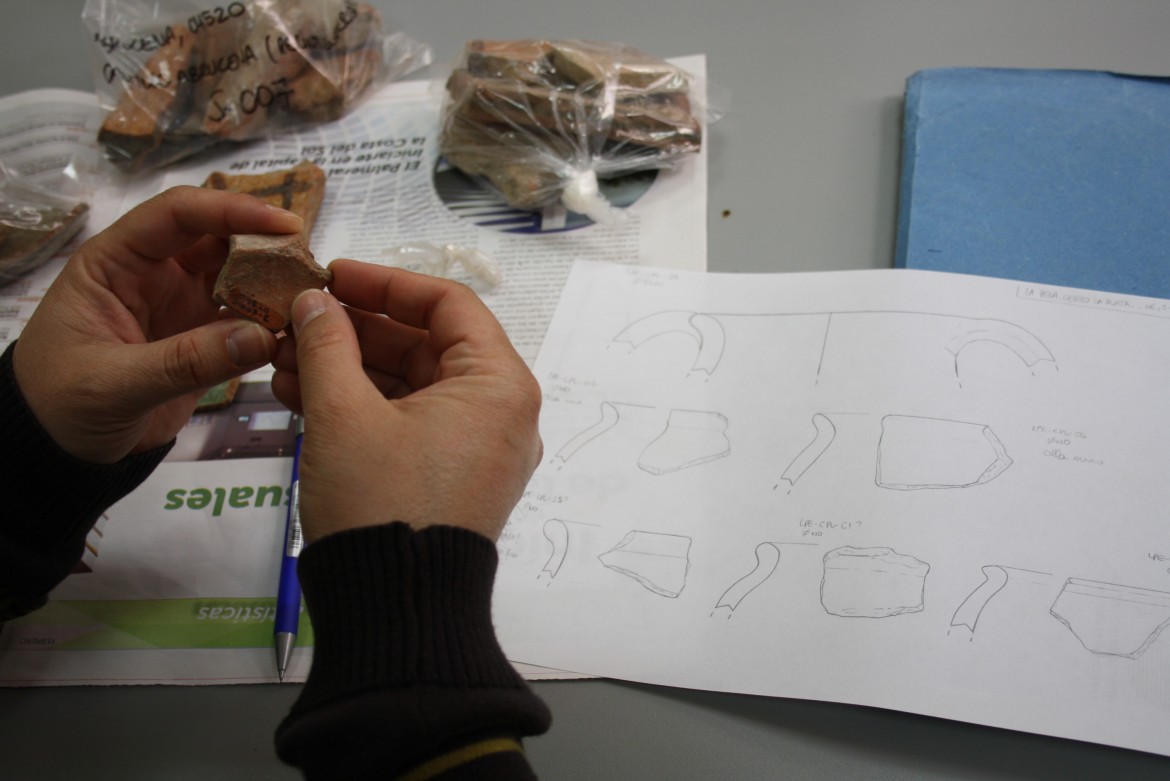
Scientific director Prof. José Maria Martín Civantos
Lanteira (Granada), Spain
Period: September-October 2016
Partners involved: UGR & ARQUEO
The 3rd archaeological excavation campaign at Pago del Jarafí (Lanteira) took place from August 29th to October 7th of 2016.
During this campaign, several follow ups from the campaign of 2015 were developed. Firstly, in excavation area 10.000, it was necessary to confirm the finding of a structure, a wall made of masonry that showed under a profile found in the previous campaign. This finding involved the need of expanding the area of the excavation area. During this campaign, three other structures have been identified which confirm that the chronology of the settlement is the 7th century and therefore the oldest settlement phase of the archaeological site has been confirmed.
Secondly, a new excavation area, 70.000 provided new information related to activities such as mineral extraction and transformation. The finding of two possible ovens will provide more data about the daily life in rural settlements such as this one. Additionally, in this excavation area, we have found a necropolis that could be dated to the first period of occupation, around the 7th century, coinciding with the structures found in excavation area 10.000. It is a necropolis possibly of Christian rite due to the typology of the graves and the position of the bones which are different from the necropolis found in excavation area 30.000.
At excavation area 30.000 archaeological work has been focused on expanding the northern area, in order to excavate a building found during the previous campaign. This was a wall with a north/south orientation which external face was oriented to the East. It presented a different material composition from the other structures found and in its interior had a semi-circle side facing East. We now can confirm that this building, which has been completely documented, corresponds to a small rural mosque. Its good conservation has been possible because part of its perimeter walls had been used as a cultivation terrace. During the excavation work, it has been observed that the building presents two differentiated construction phases. Future research work will allow us to determined the historical period of its construction. At this area of excavation, we have also found more storage silos, some other graves from the Muslim cemetery found in the previous campaign and a possible oven for ceramics along with possible housing structures.

